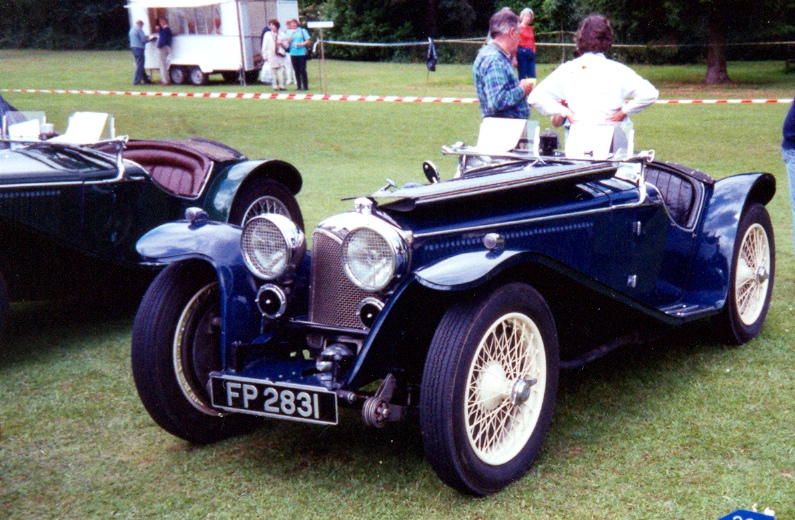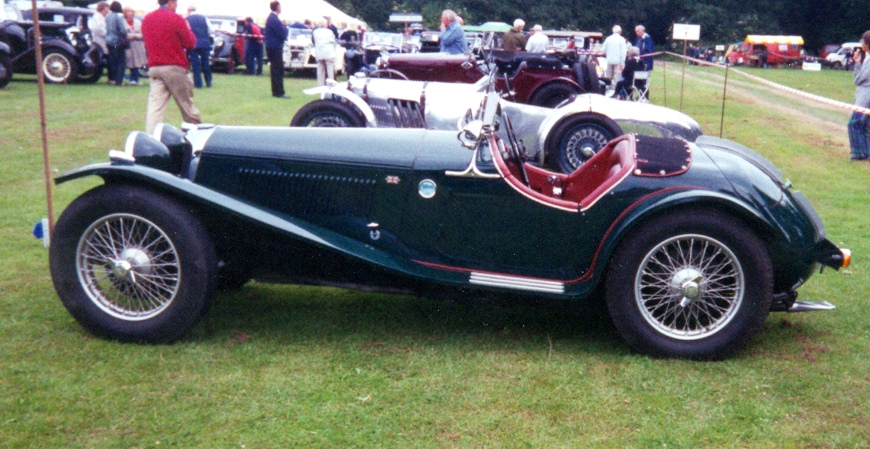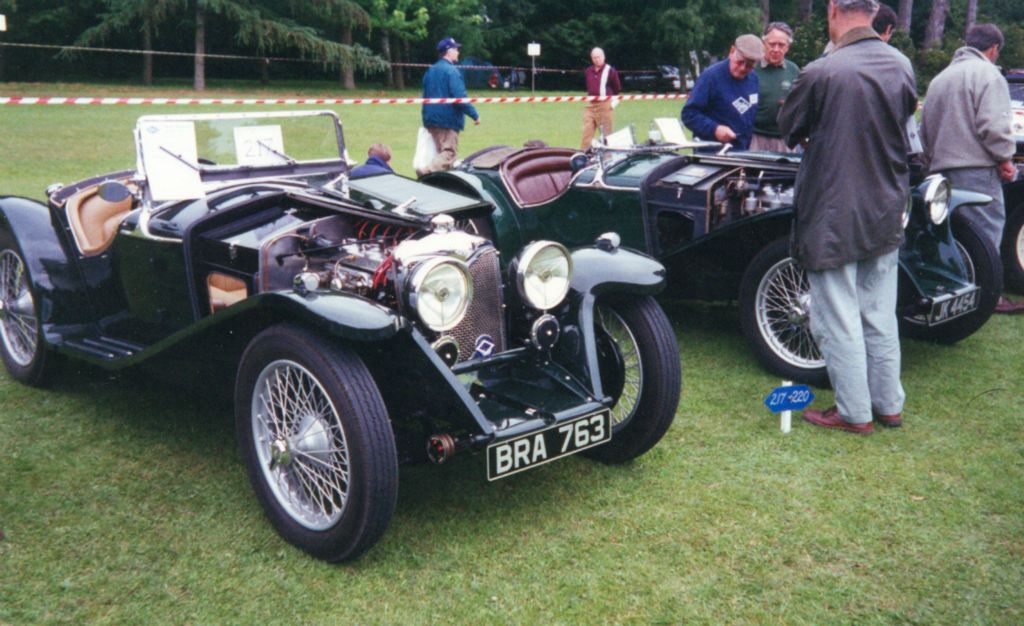Riley MPH, Sprite & Imp
Chassis: |

| The 6-cylinder MPH was based on the TT Racing cars of 1933, and went on to spawn the Imp 9 and Sprite 12/4. This range of models proved to be successful on the track, and whilst sales could never match the saloons, they still sold well. |
Riley Archives Project: Riley MPH
Riley Archives Project: Riley Imp
Riley Archives Project: Riley Sprite
The History of these cars goes back to the Brooklands 6, launched in 1932. Despite some sporting successes and a motor show appearance, the car was never put into production, but instead it spawned the series of TT Racing Cars on the 12/6 chassis which raced through 1933 and 34. At the same time, the Grebe Prototype was built, as the road going model, but this was forgotten about even quicker than the Brooklands 6! Instead, two of the TT racing cars were converted into MPH prototypes, and so the first production cars for general sale were finally created.
The MPH models were then available with any of the 3 6-cylinder engines, and whilst sales were not perhaps as high as the survival rate would suggest (even allowing for the large number of replicas), somewhere around 30 seem to have been built. To bring this success to a wider market, the body was adapted for use on the 9 chassis, and so the Imp was created, a model which in its short life sold well, although again a high survival rate and many replicas disguises the actual production figure. A further racing model was created from the Imp - the Ulster Imp.
In 1934, the new 12/4 engine was slotted into an adapted MPH chassis, with a sleeker body more reminiscent of the earlier racing cars. This was the TT Sprite model, which would also carry a 2-litre version of the 6-cylinder engine, and a range of light weight bodies during its racing career. It too scored many successes, and so to capitalise once more, Riley developed the 12/4 Sprite. This is essentially a MPH with the smaller engine installed. Most cars also had the distinctive cowled radiator shell, but otherwise the bodywork was little changed. Again, high survival rates and many replicas abound, but it is thought that around 60 were built, with this car remaining in production until the receivers arrived in 1938.
The body used on the road going cars was basically the same on all three models, adapted to fit the different chassis. It was a low slung 2-seater, with a long bonnet hiding an engine that was set back (particularly on the 4-cylinder cars) to improve handling characteristics. Behind the narrow bucket seats was a short rounded tail, unlike the long pointed tails of the racing cars, within wich was the fuel tank and a small luggage locker. The spare wheel was mounted on the bootlid. Options included a larger fuel tank and a second spare wheel, either of which reduced luggage space to virtually nothing. A hood could also be specified, and curiously many of the races in the 1930s demanded that the racing cars also had hoods, which must be raised for so many laps!
Wings often varied from car to car, with some specified with the lighest cycle wings for racing use, whilst other cars were intended for grand touring, and had full wings with valances. Some of the grand tourers were also fitted with luggage racks over the spare wheel, increasing their luggage capacity. Such a range of variations was allowed for by Riley, with high prices on all these models to cover such costs.
Engines too could be specified to a variety of tunes. The lowest was almost certainly higher than that used on the saloon cars (except for the Sprite), but particularly with the 6-cylinder MPHs, there were many changes that Riley could make in order for the customer to get the most of their new car. Additional or different model carburettors; higher compression ratios and refined cylinder heads are just a few of the changes made on racing models, which were doubtless also available to private customers, at the right price. The Sprite used, as standard, the Sprite engine as available in the saloon models, but again changes could be made to improve the performance.



